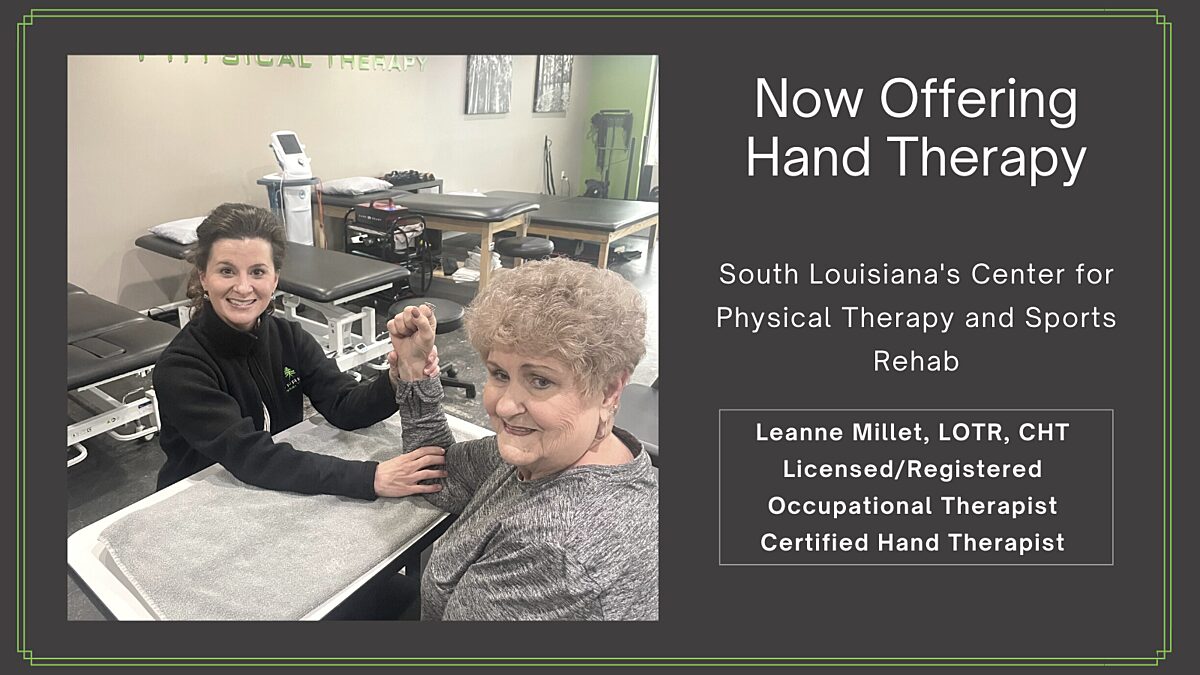
Recent Posts
Hand therapy is the art and science of evaluating and treating injuries and conditions of the upper extremity (shoulder, arm, elbow, forearm, wrist and hand). It uses a number of therapeutic interventions to help return a person to their highest level of function. It evolved from the need for a specialist with the knowledge and experience required to manage the challenging recovery of complex hand and upper extremity injuries.
A hand therapist is an occupational therapist (OT) or physical therapist (PT) who, through advanced continuing education, clinical experience and integration of knowledge in anatomy, physiology and kinesiology, has become proficient in treatment of pathological upper extremity conditions resulting from trauma, disease, congenital or acquired deformity. These therapists can treat basic hand conditions.
Certified Hand Therapist – CHT
A hand therapist may achieve advanced certification as a certified hand therapist, referred to as a CHT. To obtain the CHT credential, a hand therapist must practice for a minimum of three years, accumulating at least 4,000 hours of treatment for hand and upper extremity disorders. Certified hand therapists must also pass a rigorous certification exam to demonstrate their competency in the practice. Because of changes in the profession, every CHT is required to demonstrate continued professional development and competency by recertifying every five years.
CHTs specialize in treating hand and upper extremity conditions. They work closely with orthopedic and general surgeons who also specialize in the hand to ensure maximal outcomes for patients.
What Can A Hand Therapist Do For Me?
Hand therapists bridge the gap from medical management of upper extremity conditions to successful recovery, allowing individuals to function normally in their daily lives. Hand therapists provide non-operative interventions, preventative care and post-surgical rehabilitation for a wide variety of upper extremity disorders, from simple fingertip injuries to complex replanted extremities. Patients with chronic conditions, such as arthritis, or neurologic conditions, such as a stroke, can benefit from therapy through education on joint protection and energy conservation, and with recommendations for adaptive equipment or devices to improve function. A hand therapist employs a variety of techniques and tools, including activity and exercise programs, custom orthotic fabrication, management of pain and swelling and wound and scar care. A hand therapist can also be a consultant in the industrial world, training employees in healthy work habits.
*sourced from ASSH
